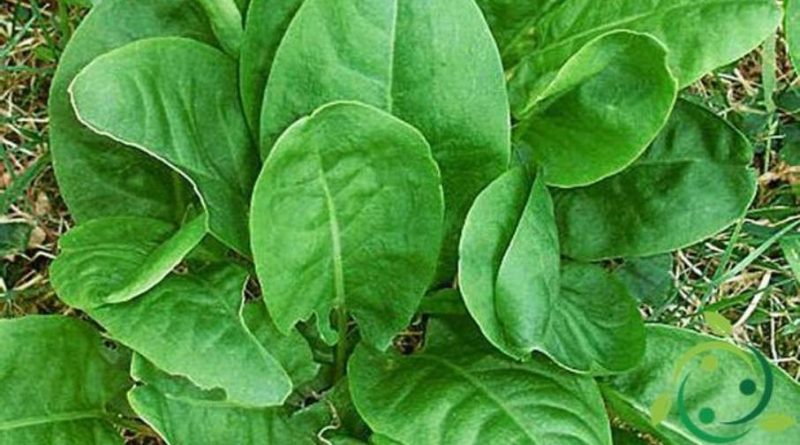How to grow sorrel
How to grow sorrel
Sorrel (Rumex acetosa L.) is a perennial and spontaneous herbaceous species that can still be grown both in the open field and in pots.
It is a plant that loves shady places, where it grows well even under the shade of tall trees, sheltered from the winds.
On the other hand, exposure in full sun causes extensive leaf burns, while it also tolerates winter frost well.
For the choice of the land where to grow it we recommend a loose, fertile soil, rich in organic matter and well drained.
The sorrel, even if it grows in spontaneous conditions, if cultivated it must be irrigated in the dry periods and in the summer while; if grown in pots, it needs more regular and frequent watering throughout the vegetative period, from April to September. In the absence of water, the leaves are less fleshy and less rich in active ingredients.
Sorrel is a nitrophilic plant; in fact, it loves nitrogen-rich soils and if its growth is stunted then it is necessary to intervene with the administration of a fertilizer with nitrogen content. However, the use of nitric fertilizers is not recommended due to the danger of the accumulation in the leaves, which are also consumed raw. For this reason, the recommended fertilizer is a good organic, like a mature manure; this must be administered in the period preceding the vegetative awakening.
We said that this plant is suitable for growing in pots as long as it has a large and deep diameter; therefore suitable for both root and vegetative development.
The pots must be placed in semi-shady or shady positions and sheltered from the winds. To obtain a constant harvest all year round, the plant must be watered frequently also to have fleshy, juicy leaves rich in minerals and vitamin C.
Acetosa reproduces both by seed, in the spring period, but can be easily propagated by agamic way in autumn by dividing the tufts.
As for repotting, this is done every year or when the roots come out of the water drainage holes in the spring.
The sowing technique must be carried out on a moist and fertile substrate. After sowing, in 10-15 days, the new seedlings will have to be planted permanently only when they are robust enough to handle. If sowing is done in open ground, thinning must be done by eliminating the more fragile ones and leaving at least 30 cm of distance in the row.
The propagation by division of the tufts or rhizomes must be carried out by extracting the plants from the ground with all the earthen bread that wraps the root or rhizome; the root is cleaned from the ground, gently shaking it; subsequently with a well sharpened and disinfected knife the rhizome is divided into portions bearing well developed secondary or adventitious roots and with at least one bud; at this point the rhizome pieces are transplanted into single pots, watered to favor the rooting of the rhizome cuttings and after rooting the new plants are transferred to larger pots or in the ground.
The period can be both autumn and spring.
An important technique for stimulating the production of new leaves and flower stems is to cut off all the old, unproductive and dry ones at the base of the soil. Generally the flowering stems are cut as soon as they appear to stimulate a greater production of leaves.
In this way the most tender leaves of sorrel can be collected in a scaled way after two months from sowing.
To have fresh sorrel leaves available all year round, just repair the plants grown in the ground with a towel and repair those grown in pots under bright canopies. The seeds collected when fully ripe must be kept in paper bags until they are used.
The collection of the roots should instead be done in the autumn period.

